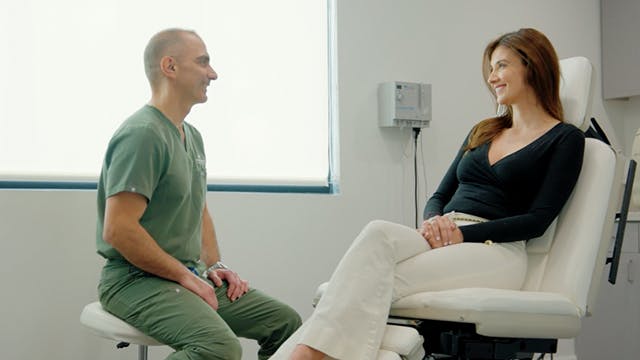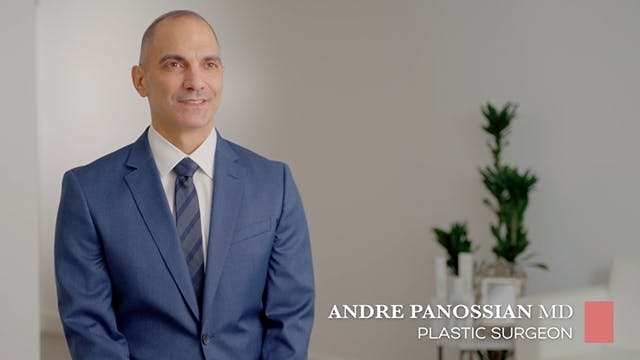Discover how cleft lip and palate surgery can transform your child's life, offering a path to improved appearance, speech, and overall well-being.
Cleft Lip & Palate FAQ
What causes cleft lip and palate?
When is surgery performed for cleft lip and palate?
Will my child require additional treatments after surgery?
What can I expect during recovery from cleft surgery?
Does surgery for cleft lip and palate leave noticeable scars?
Why choose Dr. Panossian for cleft lip and palate surgery?
What causes cleft lip and palate?
Cleft lip and palate are congenital conditions resulting from incomplete fusion of the facial structures during early pregnancy. Genetic factors, environmental influences, or a combination of both may contribute to their development.
When is surgery performed for cleft lip and palate?
Cleft lip surgery is typically performed around 3 to 6 months of age. Cleft palate repair is usually done between 9 and 18 months, depending on the child's health and development.
Will my child require additional treatments after surgery?
Yes, comprehensive care typically involves ongoing treatments such as speech therapy, orthodontics, and potential additional surgical procedures as your child grows and develops.
What can I expect during recovery from cleft surgery?
Recovery varies, but most children experience mild swelling and discomfort initially. Dr. Panossian will provide detailed post-operative instructions to ensure comfort and proper healing. Most babies recover quickly and resume regular feeding within days.
Does surgery for cleft lip and palate leave noticeable scars?
Dr. Panossian uses meticulous surgical techniques to minimize scarring. Although scars are inevitable, they typically fade significantly over time, becoming subtle and well-hidden.
Why choose Dr. Panossian for cleft lip and palate surgery?
Dr. Panossian is an internationally recognized pediatric plastic surgeon with extensive experience in cleft lip and palate repair. His compassionate approach, combined with advanced surgical expertise, ensures exceptional care and optimal outcomes for your child.











